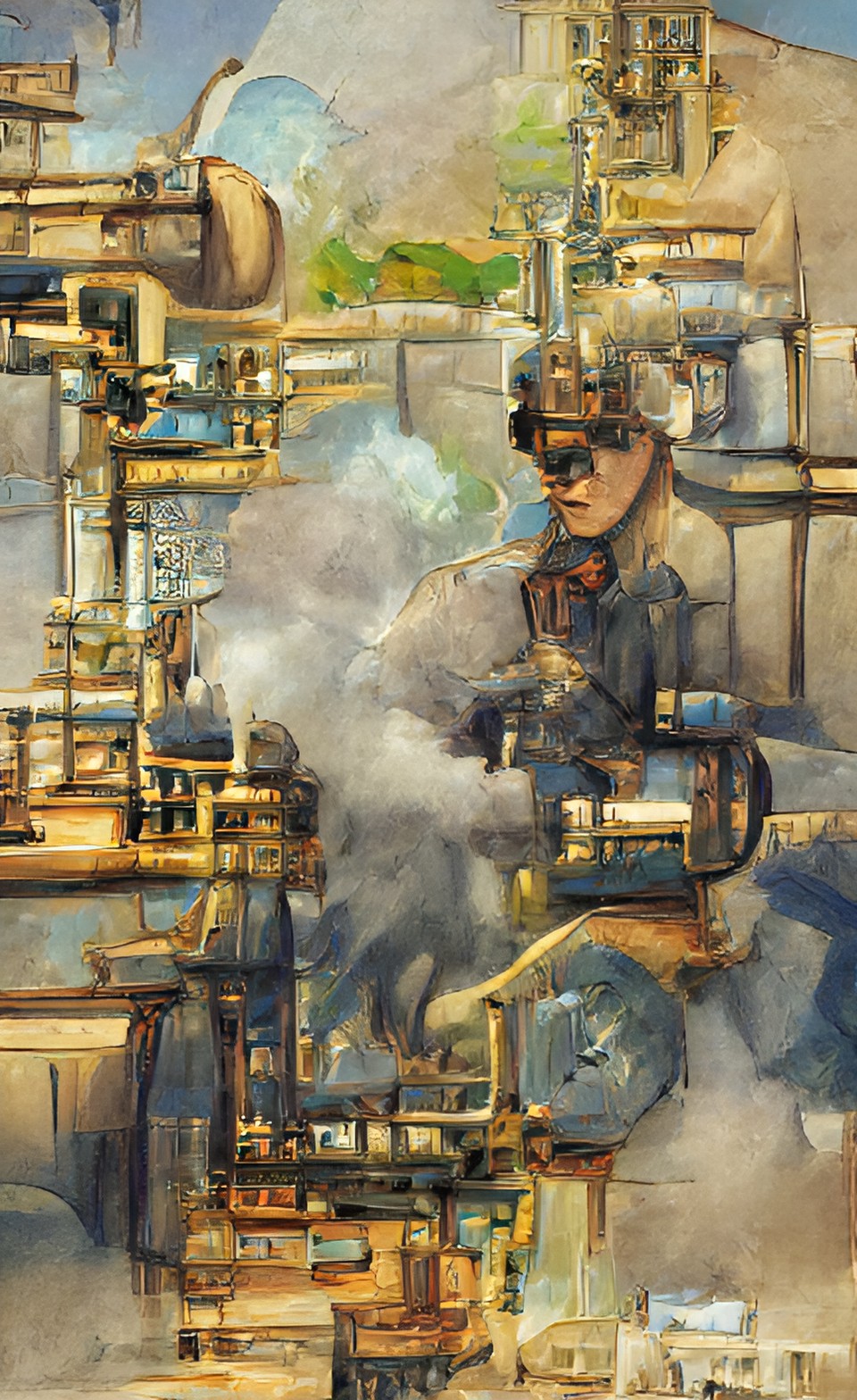Cleaning Contaminated Soils and Sludges
by David Mackie
(England)
The paper descibes a highly useful technology that can and should be implimented worlwide.
The process of thermal phase seperation is one of great importance and can be applied to help clean up many industries. The major industry in which this technology could be utilised is water treatment plants and other mass cleaning companies.
I am unsure as to whether this technology will ever become a standard practice for the water treatment industry due to the complex equipment involved and due to the fact that they allready have processes in place which clean contaminated soils.
Associated with adopting new technology is the capital investment which in the curent climate will cause this technology to struggle although it may find the one nich industry in which it required and will improve the environent surrounding the buisness.
This technology will deliver the proposed reults and with industry experience it can be developed to more efficient and effective levels which will improve its reputation and hance increase its popularity.
Associated with this technology are very few problems but the major drawback is the substantial equipment required to carry out the process. This may be reduced by process optimisation or scaling the system down to deal with lower volumes of waste and decrease the required equipment required to complete the process.
Barry's Response - The cost of using it on a wide scale may also be an issue. There's a chance it'll get expensive compared to easier technologies. It also uses a lot of fuel, which can increase greenhouse gas emissions. However, this one shows a lot of promise.
Search this site for more information now, while I try to simplify this with an analogy...
We shall now explore the fascinating space-dance of thermal phase separation technology.
Imagine you're on a cosmic journey through the realm of heat and temperature, and you stumble upon the phenomenon of thermal phase separation.
Substances: Let's call them "stuff" - like water, oil, and air. When it comes to heat, these things behave differently. You see, heat makes stuff (molecules) jiggle and dance. When you heat stuff up, the molecules move faster and faster, like a cosmic dance party!
Different stuff hang out with each other when they're heated up. You know, like how planets and moons dance in space. Instead of gravity, heat brings them together.
Here's an example. Put some water and oil in a pan, like a cosmic soup. When you heat it up, the water molecules do a high-energy jig, and the oil molecules do their own groovy thing. Guess what? It's not like they want to dance together. Water-loving dancers stay on one side of the dance floor and oil-loving dancers stay on the other.
It's like creating mini galaxies within your pan, with water forming its own neighborhood and oil forming its own elsewhere. It's thermal phase separation at work - stuff groups together based on their preferences when heated.
Scientists and engineers have harnessed this cosmic dance to make amazing things. Oil and water don't mix normally, so they use this technology to separate them. Just like how salad dressings separate over time. With thermal phase separation, we can keep these dancers apart like cosmic magnets.
There's a practical application to this magical dance. Imagine a spacecraft hurtling through space. Keep its systems cool. In the same way that different dancers stay in their own zones at a party, thermal phase separation can help manage that heat.
That's about it. A thermal phase separation is like a mesmerizing celestial ballet of heat and stuff, guiding how they interact and ensuring that even at the tiniest scales, the universe stays in balance. Who knows what other cosmic dances you'll find if you keep looking up!
Comments for Cleaning Contaminated Soils and Sludges
|
||
|
||
|
||
|
||
|
||
|
||
|
||
|
Click here to add your own comments Join in and write your own page! It's easy to do. How? Simply click here to return to Hi-Tech Idea. |
Do you have concerns about air pollution in your area??
Perhaps modelling air pollution will provide the answers to your question.
That is what I do on a full-time basis. Find out if it is necessary for your project.
Have your Say...
on the StuffintheAir facebook page
Other topics listed in these guides:
The Stuff in the Air Site Map
And,
Thank you to my research and writing assistants, ChatGPT and WordTune, as well as Wombo and others for the images.
GPT-4, OpenAI's large-scale language generation model (and others provided by Google and Meta), helped generate this text. As soon as draft language is generated, the author reviews, edits, and revises it to their own liking and is responsible for the content.




